Community Spotlight: COPE Studio
With this post I would like to share with you an interview I did with Cyrill Kuhlmann. We became friends of the course of the last months, he’s an experienced creative director from Hamburg, who is now launching his own design practice, COPE Studio. Cyrill has dedicated himself to Creative Coding for quite a while now and started to teach it at the University of applied Sciences and arts Dortmund.
Hey Cyrill, good to have you here! When and how did you first learn about Creative Coding?
I had my first encounter with Creative Coding and Processing when I was still a student. That must have been around 2012. My professors at the HAW Hamburg had already brought the topic up to us back then. I found it very exciting, but at that time I still had a very strong focus on print and editorial design.
For my bachelor thesis in 2013, I used the Processing Editor for the first time. I was very motivated to use Creative Coding in my thesis – but due to time pressure I had to fall back on the more familiar tools (Creative Cloud). At that time I also started working in design studios (ringzwei, Bureau Borsche (internship) etc.) and then lost sight of it.
What motivated you to learn Creative Coding?
That has a lot to do with how the world is changing, and with it the design industry.
In the years that followed, I worked a lot for magazines of large and small publishing houses. Most of the time as art director. From the beginning I realized how much pressure there is on the business models for these printed publications. I was the art director of NEON Magazine at a time when the young generation, our target group, was changing enormously fast. Different values, different leisure activities – all in a digital environment. After the magazine was discontinued due to the collapsing business, I moved into corporate publishing / an advertising agency. But again, my experience was similar: clients demanded more and more digital solutions – digital design. Both web applications but especially digital content for social media.
Which brings us to another point. We are surrounded by algorithms that determine our everyday life. What we see and also how we think. I believe that it is high time to deal with this. To learn how to talk to electronic machines in order to use them effectively. Mastering different programming languages is still considered a kind of superpower in my generation – but I think that coming generations will learn programming (e.g. Python) in school as naturally as we learn English. As designers and communication designers we live in the “NOW”. We design the channels that are supposed to communicate specific messages. And sometimes the message itself. In a world that is becoming digitally connected – and will soon take place predominantly in the digital space – the designer must master these digital tools.
In addition, the world is getting faster and faster. Creative work is less well paid. There are more and more design generators that deliver high-quality templates. I think we would do well if we, the designers, also automate processes and program our own generators. Their output still needs to be evaluated. I am happy when everything is done a little faster… From the head, from the idea, at the push of a button into the digital sphere! All this motivates me to venture deeper and deeper into this field.
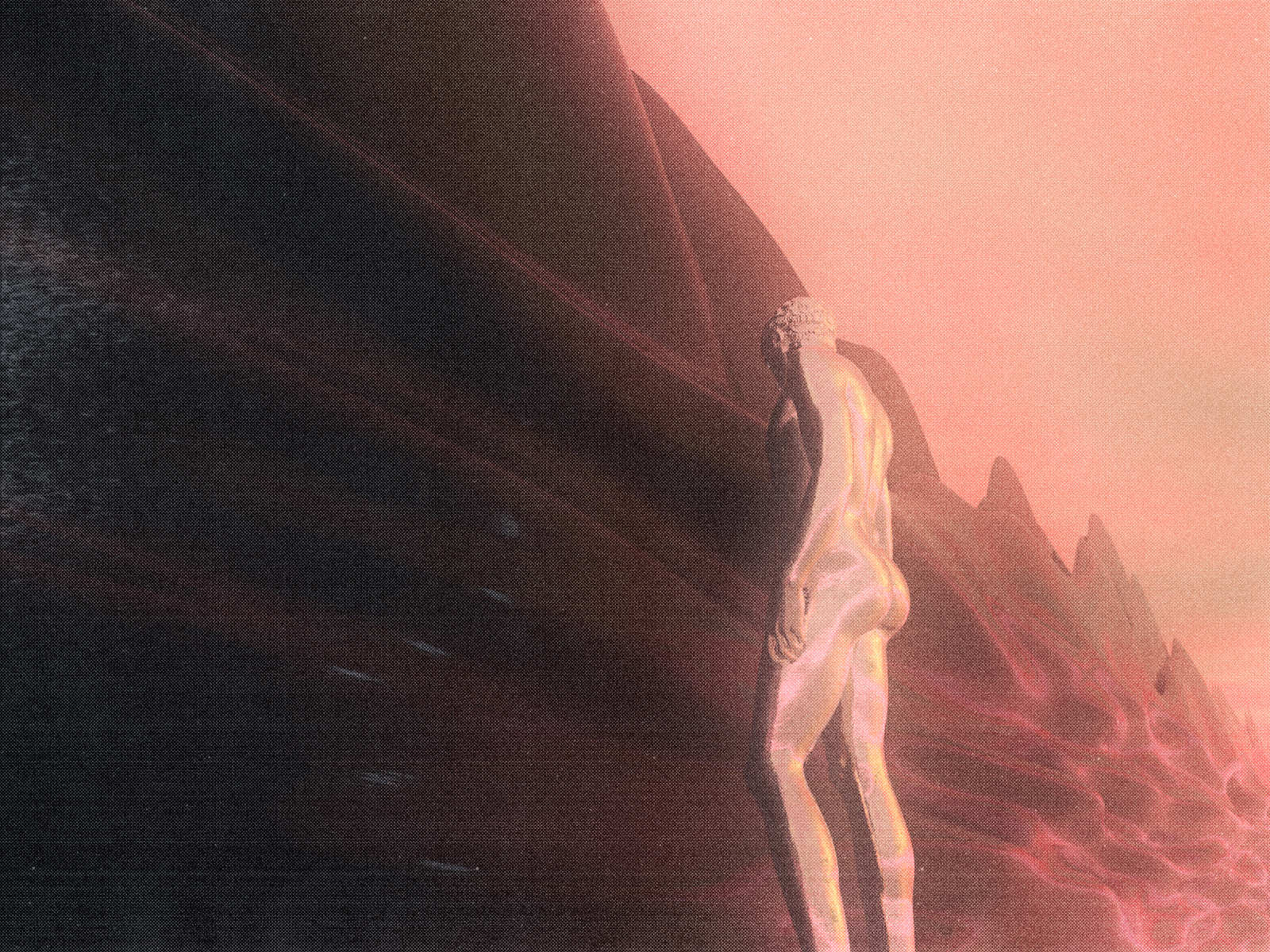
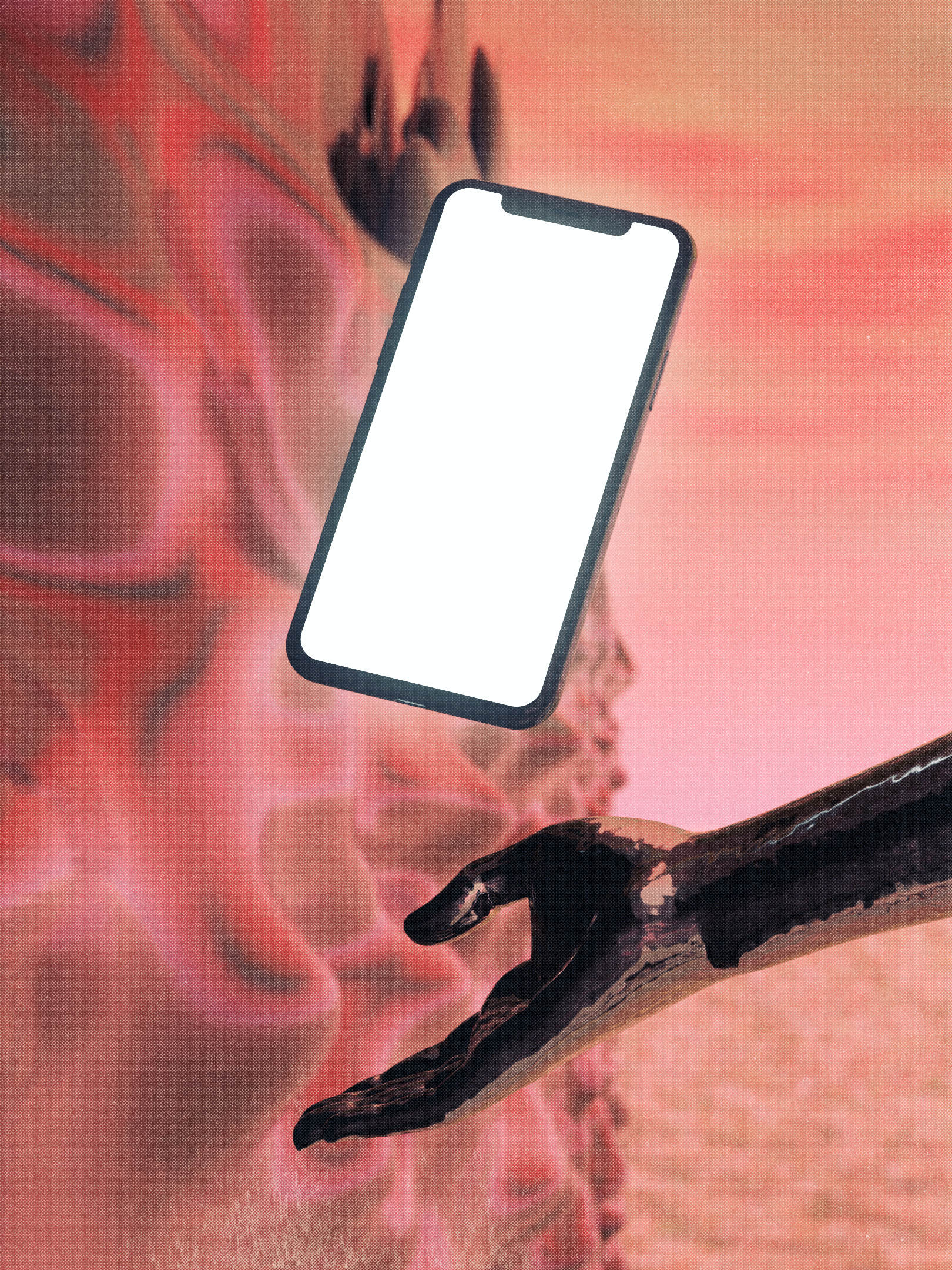
What software do you use for your experimental projects?
Blender and the Processing Editor. To create assets mainly the Adobe Creative Cloud. Sometimes After Effects for the finishing touches – or even for assets. However, the most fun is to realize the actual project only by programming.
The advantage of coding is that a sense of achievement comes when the code works at all (haha). In analog design there are many possibilities of “now it’s right, now it’s coherent”. It could be like THIS – but also be DIFFERENT. If the code on the other hand is “a little different” – most of the time nothing works then. Haha!
What inspires you?
I love watching YouTube tutorials about mathematics and theoretical physics. I find it incredibly fascinating how everything that surrounds us can be described mathematically. Mathematics as a language in which our world is coded. I am actually a rather musical person, very associative – not particularly analytical. Even in school, I had more difficulties with these fields. Beyond that, all the creative disciplines. And of course pop culture. The zeitgeist in general.


Can you devote enough time to the subject?
I believe that you should take as much time as possible to embrace change with open arms – to be constantly ready to learn new things. There is really an incredible amount of free material available on the Internet that can be used to deal with this topic. At a time of your own choosing. Never before has so much knowledge been so quickly and freely available as it is today. So I can only wish everyone to find some free time for it.
And sometimes you just have to take it.
Do you find it easy to motivate yourself?
Yes, fortunately very much! As soon as you have a clear idea of where you want to go, you can think about the steps you need to take. Having your goal in mind, the motivation stays high with every partial success, every stage. And if it’s really YOUR goal, the journey alone is fun – so it doesn’t matter if you really get there or maybe somewhere else. You just enjoy with passion what you are doing. And that’s why you do it again and again…
As an art director, where do you see the potential of Creative Coding and Generative Design?
I believe that Creative Coding or Generative Design will find its way more and more into the everyday life of the design industry / business. I hope that in the future designers will create tools that generate design. And then evaluate their results according to previously known criteria. The biggest competitor in the future will certainly be artificial intelligence. The AI “GTP3” for example can design according to normal language instructions like a graphic designer.
What I mean by this is that designers should not just evaluate solely – but rather make the tool, by creating it themselves, completely their own. This pressure – not to be left behind – can also be very driving and motivating.
Name three Instagram channels to follow!
@sandersturing (creative coder at Studio Dumbar) – extremely inspiring. Studio Dumbar are a great example of how the graphic design I learned can be carried into the digital world.
@roy.terhorst (coder and designer at Studio Thonik) – Roy regularly publishes very strong, especially graphical Creative Coding projects. Both self-initiated and for clients.
@vinzent.me – Vinzent combines several motion disciplines at the same time – very inspiring!
Future Plans?
To dive even deeper into digital spheres. I would love to work more with AI, neural networks or GAN (Generative Adversarial Networks). I would also like to do collaborative work. Who feels addressed should please contact me!
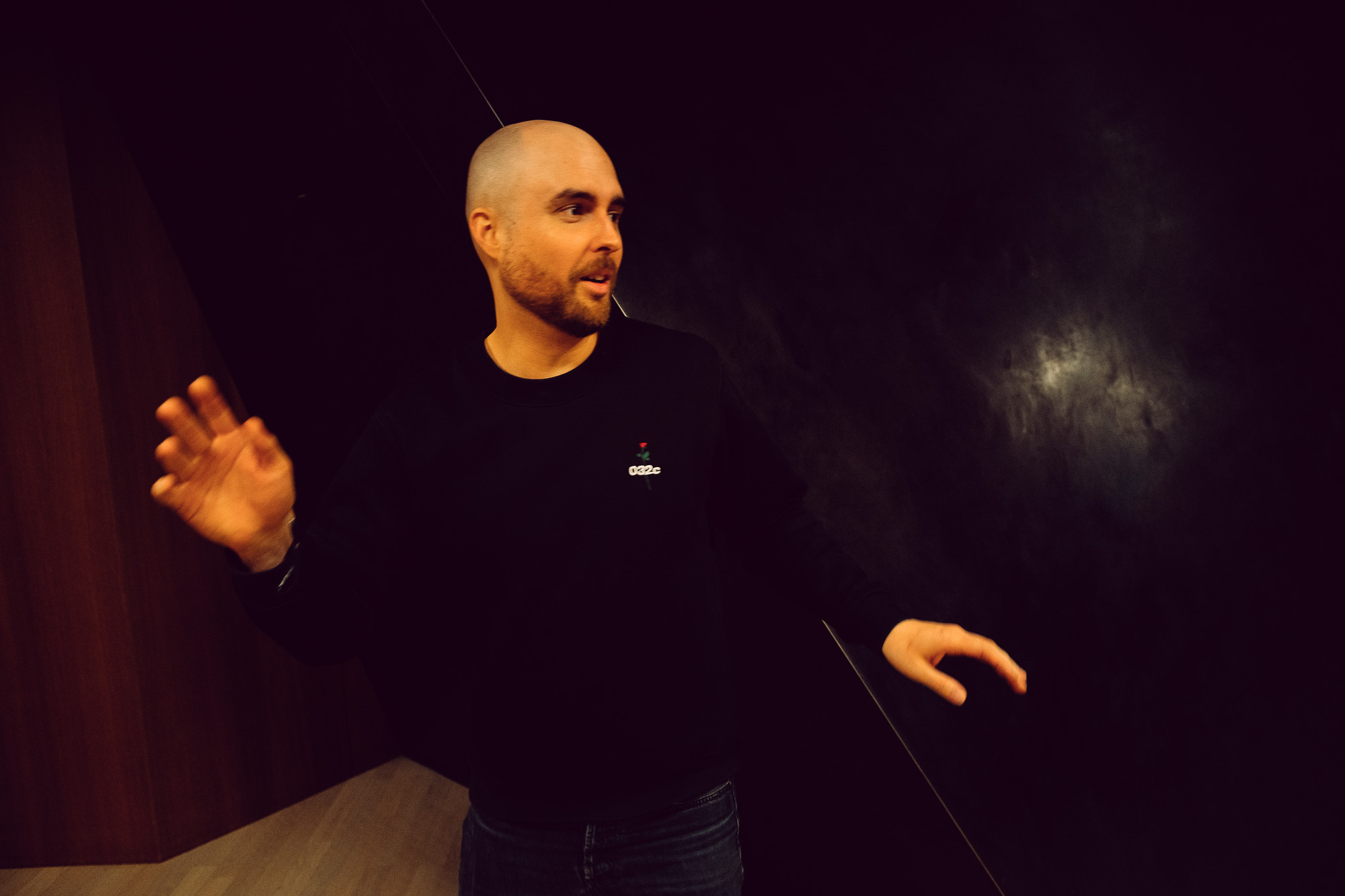
Follow COPE Studio
Related
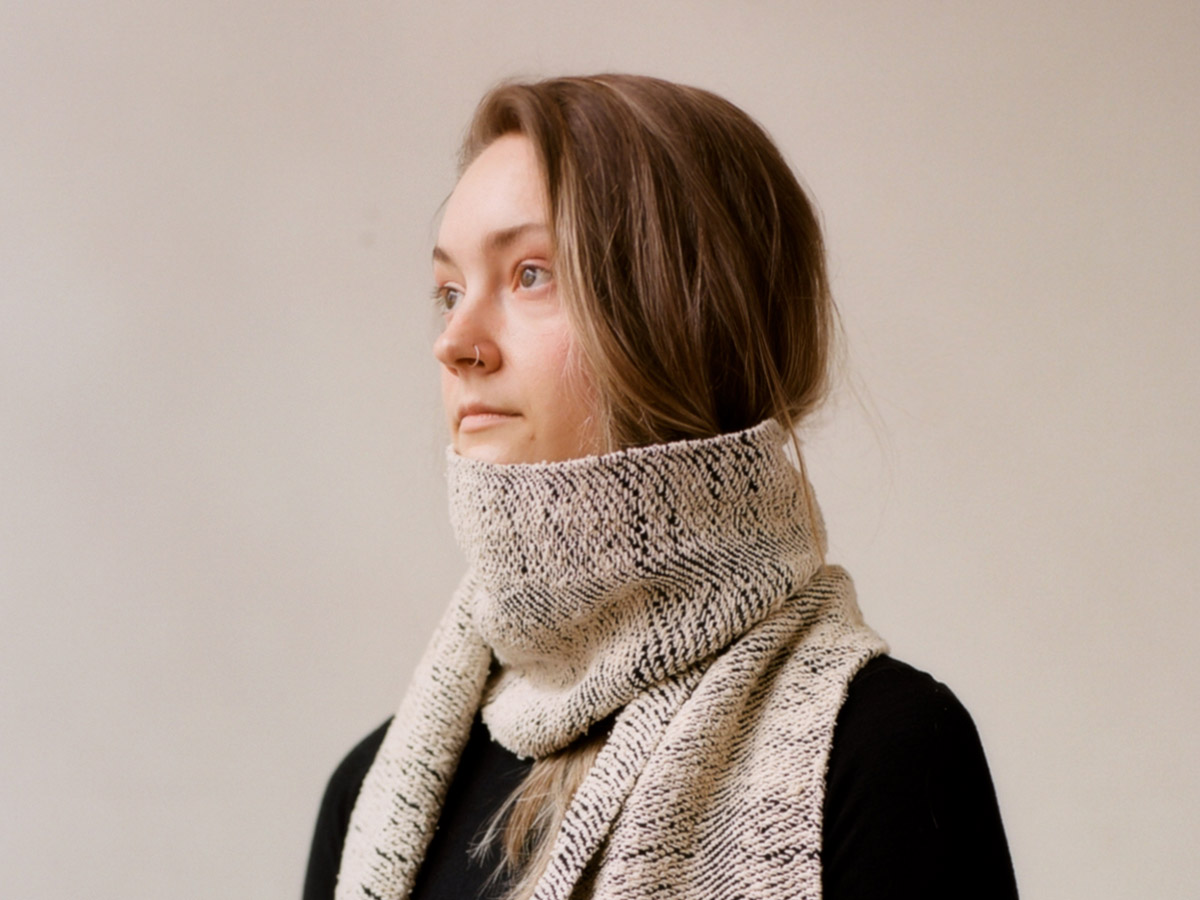 Sam Griffith connects Creative Coding with Enviromentalism
Sam Griffith connects Creative Coding with Enviromentalism
In this post I’d like to introduce you to Sam Griffith, a talented graphic designer based in Detroit, to discuss […]
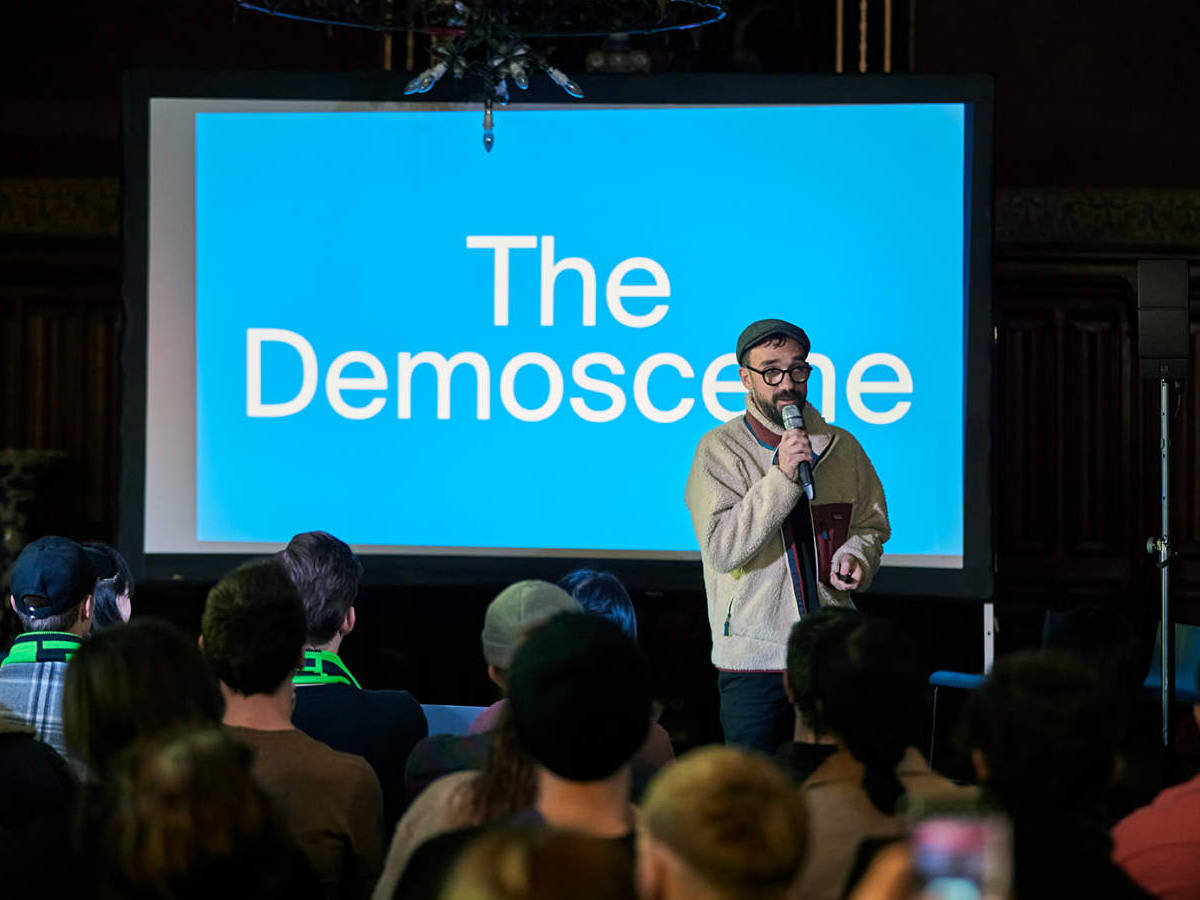 Throwback: My Talk at Demo Festival 2022
Throwback: My Talk at Demo Festival 2022
The next edition of the DEMO Festival is already approaching and I am currently developing a brand new talk for […]
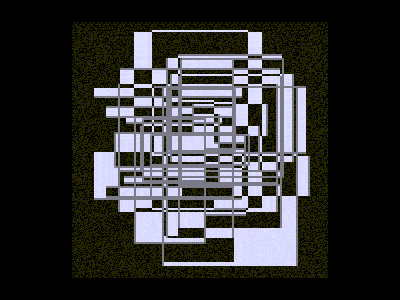 Powers of Two – 128kb by Lena Weber
Powers of Two – 128kb by Lena Weber
20 = 1 21 = 222 = 323 = 824 = 1625 = 3226 = 6427 = 128 … »In […]
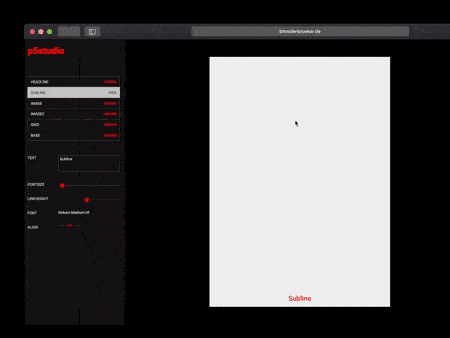 p5.js Design Tools Directory
p5.js Design Tools Directory
Hi! In this post I’ll collect case studies and direct links to tools that people have built with p5.js and […]
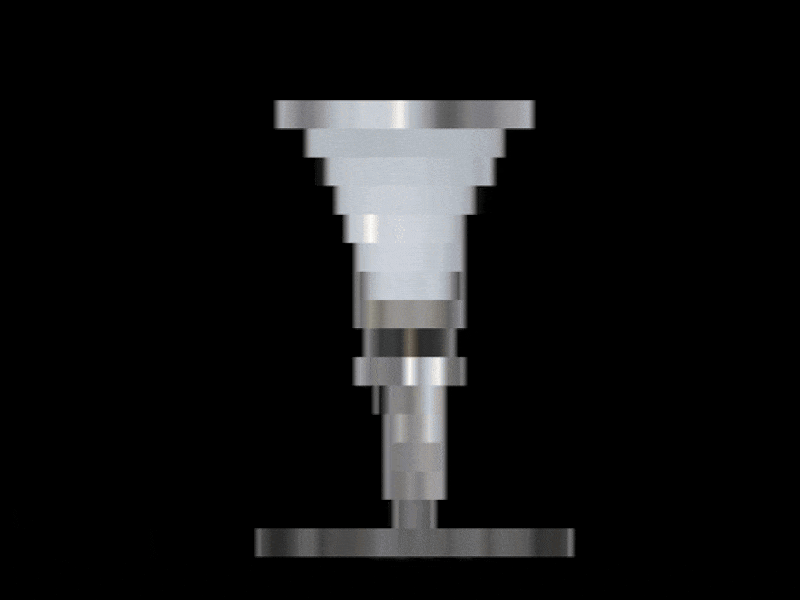 Lena Weber about her collaboration with A. G. Cook
Lena Weber about her collaboration with A. G. Cook
Lena: This 10-minute visualiser for A. G. Cooks album teaser featuring my python archive generator, is one of my favourite […]
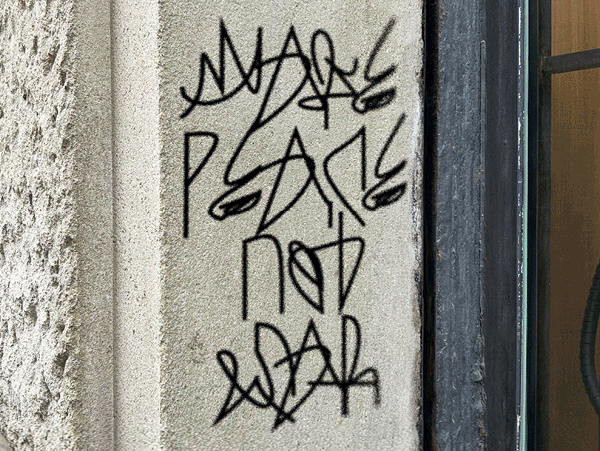 Computer Cursive by Tay Papon Punyahotra
Computer Cursive by Tay Papon Punyahotra
One of the first exercises I assign to my students in my seminars is called “Random Compositions”. Basically, it’s quite […]
 What Creative Coding can teach you beyond crafting visuals
What Creative Coding can teach you beyond crafting visuals
Learning to code has had a bad reputation for ages. Many people have the impression that it’s all about acquiring […]
 How I built myself a Digital Garden
How I built myself a Digital Garden
It was a red hot day in July 2023 when I met Alex Muñoz for breakfast in the morning at […]